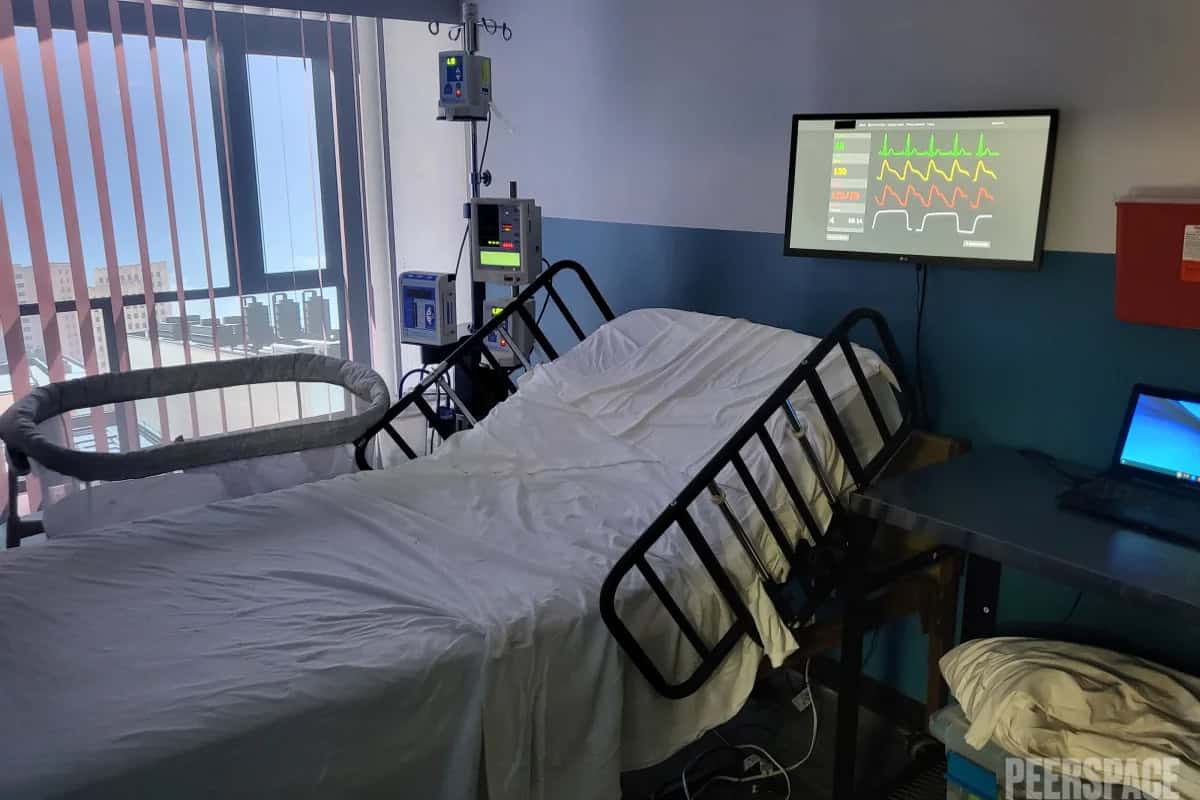
Source: Pixabay
Wondering how to write a film treatment? Having an original concept for a narrative film, documentary, or television series is a beautiful thing. To cultivate and grow that seed of an idea into an eye-catching work of art takes meticulous planning and organization.
Many writers when approaching narrative filmmaking make the mistake of jumping right into an empty script document and start typing away once they get an idea. This is not always the smartest decision.
Seasoned writers know that memorable stories, no matter their length, come from intensive preparation. Along with providing you filmmaking resource guides like this, Peerspace is also the largest online marketplace for hourly venue rentals. We have writer’s retreat spaces that make writing your treatment a breeze, collaboration spaces for meeting with your investors, and even film production spaces to bring your film to life.
But for now, let’s dive into how to write a film treatment.
What is a film treatment?

First of all, what precisely is a film treatment? It is a detailed outline of your film that simplifies your concept to its characters and the narrative that drives them to change. Treatments are written during the development process of pre-production long before the screenplay is started.
This gives the writer an opportunity to make sure all aspects of their story work well together before the script is written. If there are any problems with your concept, they will be caught during this preliminary process. After you have completed your treatment, it will then act as a story structure road map while you are writing your screenplay.
What should be included in your film treatment:
- A working title
- Writer’s name and contact information
- A short logline (a one-sentence description) that introduces your concept Introduction to key characters
- An expanded synopsis describing who, what, when, why from beginning to end
Next, we discuss how long your treatment should be, a key factor in learning how to write a treatment.
Wondering how much screenwriters actually make? Discover what you need to know here!
How long is a film treatment?

Whether you are writing a treatment for a feature film or short, it is important to keep your writing concise. Treatments are often used to pitch your concept to potential financiers and creative collaborators.
When you are trying to hold the attention of others with your treatment, it is best to keep it straight to the point. Your treatment should be presenting only the essential elements of your screenplay, and not every minor detail and character nuance. With that in mind, try to communicate your story in as few words as possible.
A feature film and a short film will have different lengths, so their respective treatments will be different as well. Below we have broken up the difference between feature film and short film treatments.
Feature film treatment
If you are writing a treatment for a feature film, try to keep it under 10 pages in length. There are examples of 30+ page treatments, but those are usually written under special request by a studio who is paying a writer to go into more detail.
Short film treatment
It should be no more than three pages long. If you can communicate your story in fewer pages, don’t be afraid of having an even shorter treatment. The more airtight your synopsis is, the better.
Is my concept a story?

If your concept is not communicating a story, no amount of rewriting will be able to fix it. A compelling story will show a significant change that happens to your protagonist from start to finish.
The protagonist, in one way or another, needs to end their old way of life and set out on a journey to begin a new one. This journey does not always have to be a physical one, it can be emotional or spiritual. Either way, the protagonist must change over the course of the film.
In a good story, the stakes do not always have to be high. However, there needs to be a catalyst for change and some form of pressure on your protagonist to act on that change.
How do you write a strong treatment?

Every treatment needs a coherent beginning, middle, and end. A proper treatment should have an overall theme that communicates the structure of your story. If you are unsure about what the theme of your story is, identify it in the resolution. The theme of the film should be clear in the story’s resolution.
The main idea of the plot and its theme should be evident to every reader. To make sure your concept makes sense, send your treatment around to your friends or colleagues to get some constructive criticism. Getting a second pair of eyes on your film treatment can only give you a new perspective on your story and can open new doors for you.
The main problem when writing a treatment is that most ideas are stating facts that are happening to a character, not communicating a story. An example of a fact is the sentence: “I have x amount of money in the bank”. An example of a story is the sentence: “I have x amount of money in the bank, and I wish that was different because I am scared I will not have enough in the future.”
Make sure that your concept brings your protagonist on a journey that changes them.
Learn everything you need to know about location scouting to take that next big step in your production’s journey!
Keeping your treatment short and sweet

Not every detail of the story is necessary to explain the plot of your concept. It is unnecessary to include details that do not directly move the plot of your story forward. A way to avoid irrelevant material is to stay away from using dialogue in your treatment or getting to detailed with character interactions.
Try not to use long block paragraphs and rather split up your treatment into small three-sentence paragraphs. This will not overwhelm the reader and will hold their attention. While a director like James Cameron is famous for his lengthy, lengthy treatments, not everyone can get away with that.
Stay away from using distracting fonts, for they can take the reader out of your story. What makes your story unique is the actual written content, not the cool-looking font it is presented in.
How to write a treatment: conclusion

We hope you now know all about film treatments and are confident in mastering yours. It’s a huge step in your filmmaking journey, but you don’t have to go it alone.
Remember to check out Peerspace and book unique, hidden gem venues in cities across the globe at every stage of your process. The right venues can provide you with the inspiration and solitude you need to write, the setting you need to present your ideas to your collaborators, and the professional space you need to shoot.
Find unique production venues on Peerspace
Get together somewhere better
Book thousands of unique spaces directly from local hosts.
Explore SpacesShare your space and start earning
Join thousands of hosts renting their space for meetings, events, and photo shoots.
List Your Space






